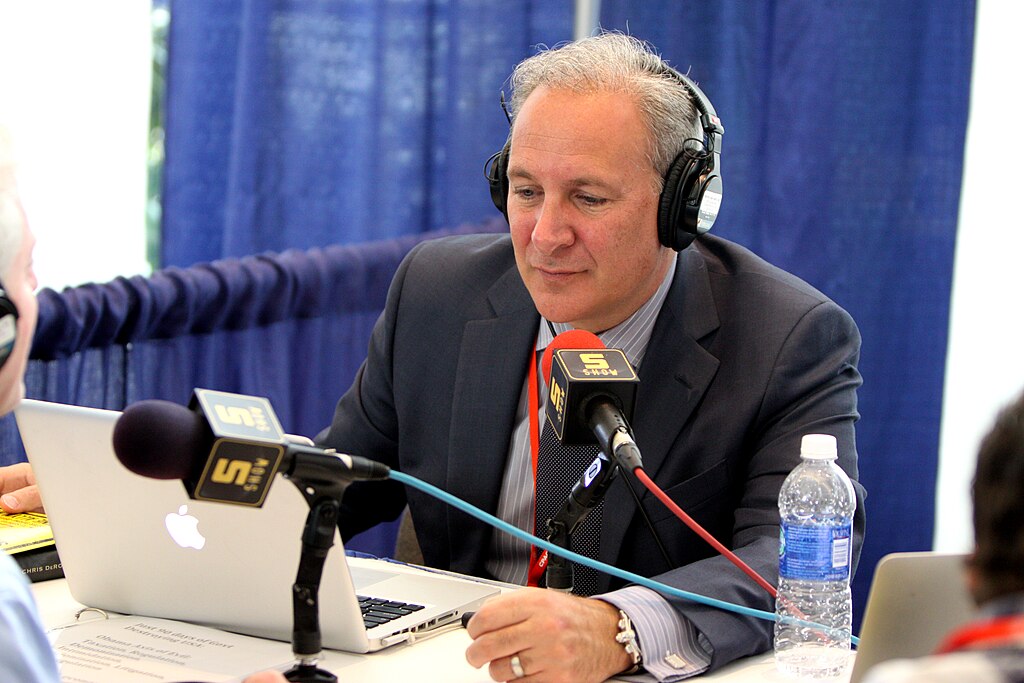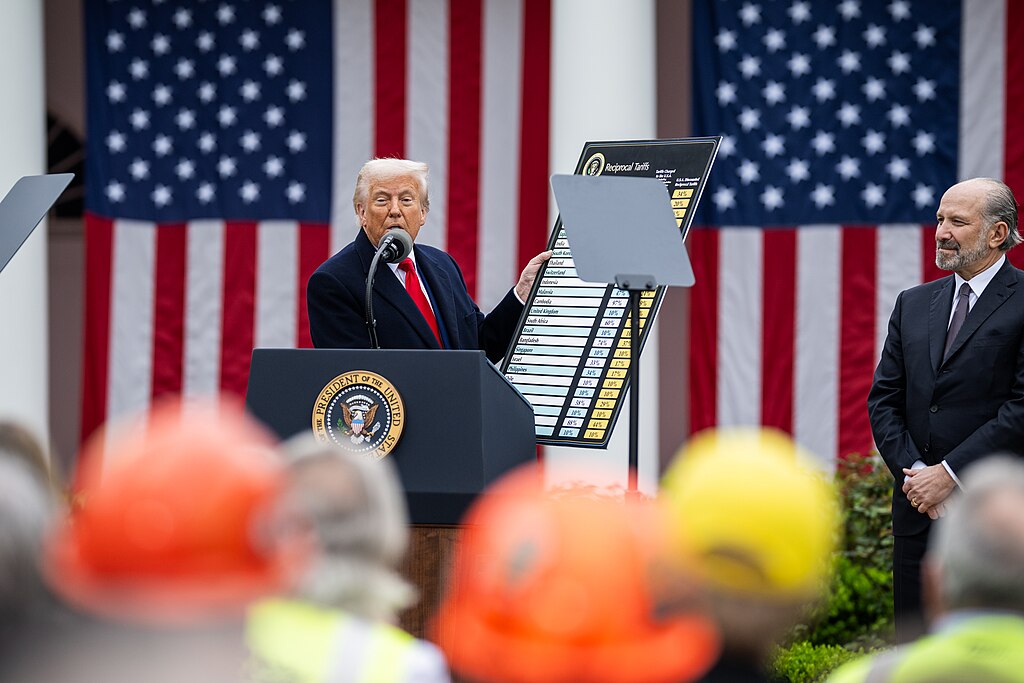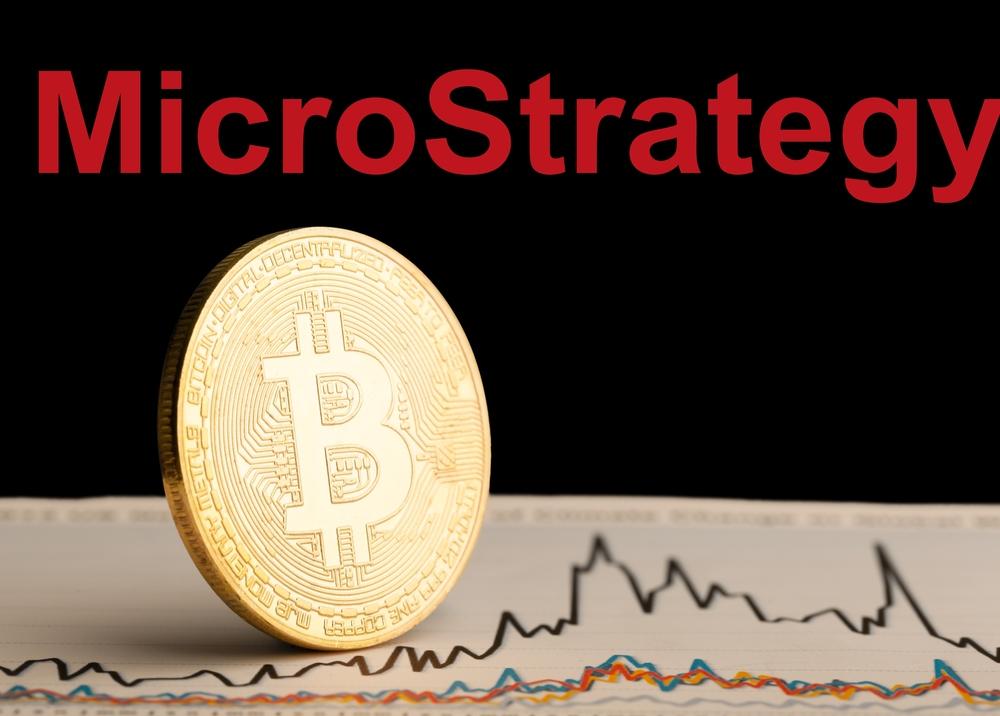Since adopting Bitcoin as its treasury reserve asset in August 2020, MicroStrategy—now rebranded as Strategy—has seen its stock skyrocket nearly 2,500%, entering what many call the Bitcoin Standard Era (BSE). In comparison, Nvidia (NVDA), the poster child of the AI boom, has risen by 808%, while Bitcoin itself gained 614% over the same period. Tesla (TSLA), which also holds Bitcoin, has increased by a more modest 155%.
Despite modest year-to-date returns of 11.4%, Strategy has still outperformed the Nasdaq-100, countering the claim that it’s merely another high-beta tech stock. The company's consistent Bitcoin purchases have helped stabilize BTC's price amid recent global market volatility, especially as tariffs shake investor confidence worldwide.
Michael Saylor, executive chairman and Bitcoin evangelist, has continued to draw attention—not just for Strategy's performance but also for his bold approach to financing BTC buys, including issuing new securities to raise capital. While some hail him as a visionary, critics remain vocal. Gold advocate Peter Schiff sarcastically suggested renaming the company to "Micro," predicting a collapse in tandem with Bitcoin. Meanwhile, entrepreneur Jason Calacanis warned that Strategy’s aggressive BTC accumulation could make Bitcoin dangerously centralized.
Saylor’s high-stakes Bitcoin play has sparked debate, but the numbers speak loudly. Strategy’s performance dwarfs even market giants and has become a key reference point in crypto-driven investment discussions. Still, its long-term success hinges on Bitcoin’s price trajectory and its ability to maintain a premium to net asset value. For speculators, several leveraged ETFs now exist that aim to double Strategy’s performance, further amplifying the Bitcoin stock hype. As Saylor doubles down, the question remains—will this bold bet break the mold or break the bank?

























Comment 0